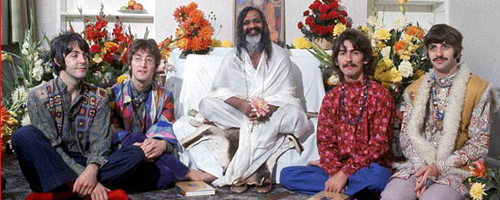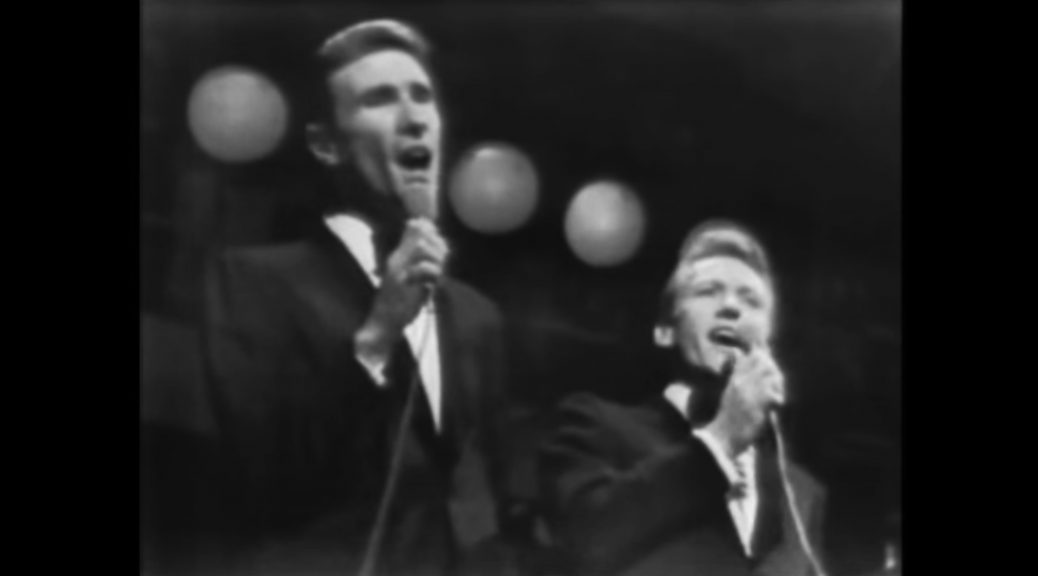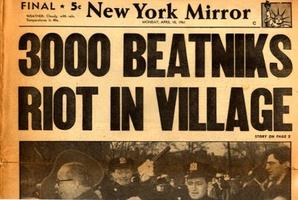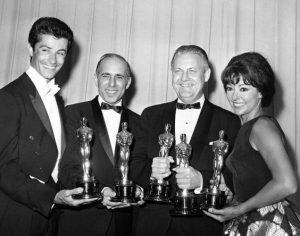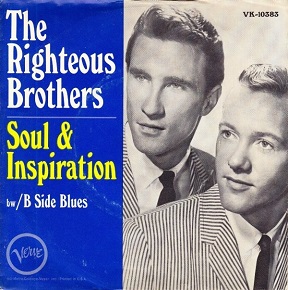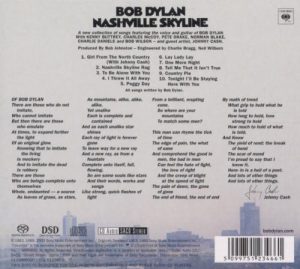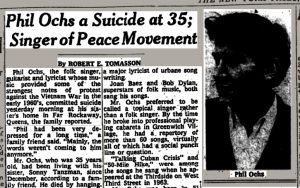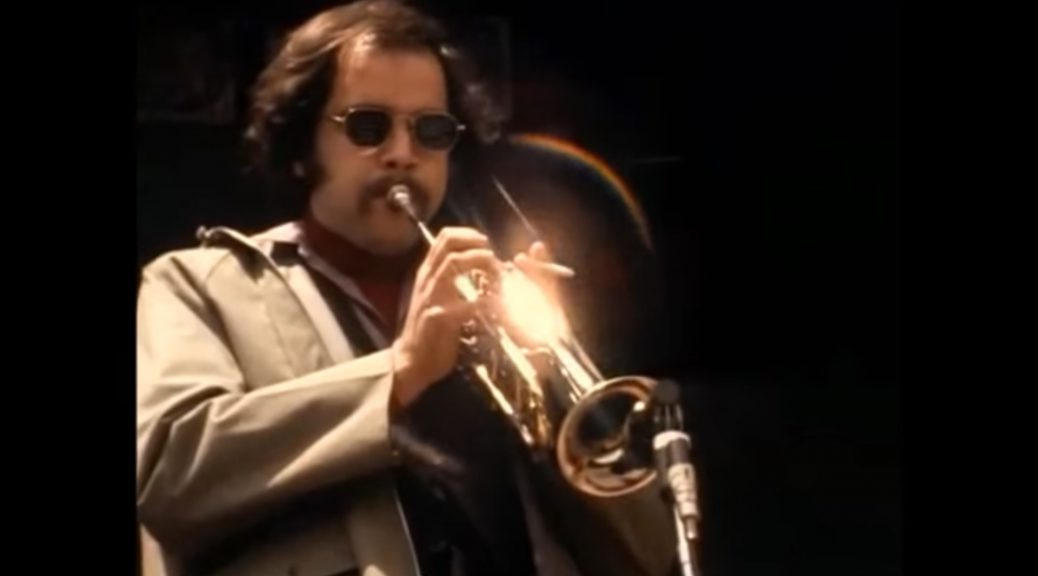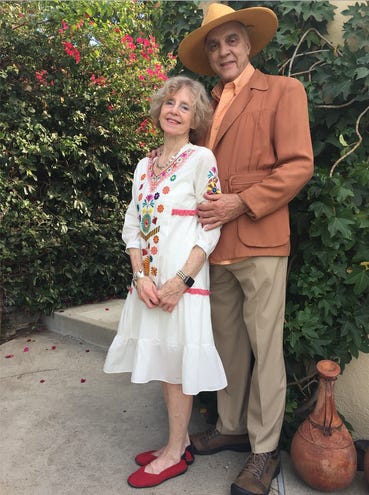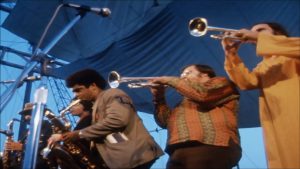April 12 Music et al
Woodstock birthday
Miller Anderson, guitarist for the Keef Hartley Band, was born on April 12, 1945.
Roots of Rock
Bill Haley and the Comets
April 12, 1954: Bill Haley and the Comets recorded “(We’re Gonna) Rock Around The Clock.” It was included as the B-side of “Thirteen Women” also recorded that day. The record—with “Thirteen Women” as the A-side, will only be a moderate success. (see May 7)
April 12 Music et al
Bob Dylan
Last Thoughts on Woody Guthrie
April 12, 1963: at New York’s Town Hall Bob Dylan recited “Last Thoughts on Woody Guthrie,” a long evocation of old memories, a youth searching for himself by the railroad tracks, down the road, in fields and meadows, on the banks of streams, in the “trash can alleys.” And, he says, somehow during that search Woody was his companion. There’s this book comin’ out, an’ they asked me to write something about Woody…Sort of like “What does Woody Guthrie mean to you?” in twenty-five words…
And I couldn’t do it — I wrote out five pages and… I have it here, it’s…Have it here by accident, actually… but I’d like to say this out loud…So… if you can sort of roll along with this thing here, this is called… (see Bob Dylan Woody Guthrie Last Thoughts for audio and lyrics) (see May 12)
April 12 Music et al
Mr Tambourine Man
April 12, 1965: The Byrds released their first single, Mr Tambourine Man. It will become the Billboard #1 on June 26. (see May 8) (see also Mr Tambourine Man)
April 12 Music et al
The Beatles
Maharishi Mahesh Yogi
April 12, 1968: after nearly two months in Rishikesh, India, studying Transcendental Meditation with Maharishi Mahesh Yogi, John Lennon and George Harrison left the camp. Also with them were Cynthia Lennon, Pattie Harrison and their friend ‘Magic’ Alex Mardas. They had decided to leave after Mardas convinced the others that Maharishi had attempted to gain sexual favours from female meditators at the camp. (2008 Daily Mail article) (see May 31)
Billboard #1
Aquarius/Let the Sunshine In
April 12 – May 23, 1969: “Aquarius/Let the Sunshine In” by the Fifth Dimension #1 on the Billboard Hot 100. It is a medley of two songs written for the 1967 musical Hair by James Rado & Gerome Ragni (lyrics), and Galt MacDermot (music).
They based the lyrics on the astrological belief that the world would soon be entering the “Age of Aquarius”, an age of love, light, and humanity.
April 12 Music et al
Road to Bethel
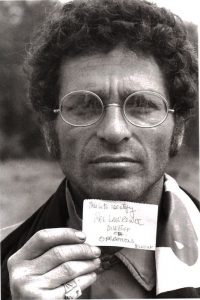
April 12, 1969: Mel Lawrence and Tom Rounds arrived in NY. They had organized rock concerts in Hawaii, the Fantasy Fair, and had organized Miami Pop in 1968. (from Joel Makower’s book, Woodstock, The Oral History) (see Chronology for expanded story)

